Do you have a question about the System Sensor i3 Series and is the answer not in the manual?
Read System Sensor Application Guide and general information on detector spacing, placement, zoning, wiring, and applications.
Detector must be tested and maintained regularly following NFPA 72; annual cleaning is a minimum requirement.
Details 2-wire and 4-wire photoelectric smoke detectors, their optical sensing, microprocessor, thermal detection, and freeze condition sensing.
Warning regarding the use of 2W-MOD2 with specific i3 models and the replacement of the 2W-MOD.
Explains the function of the green and red LEDs for power-up, normal, sensitivity, freeze, and alarm states.
Details the LED indications and duration during the detector's power-up sequence, including for electrical noise.
Recommends the i3 Series Model SENS-RDR Infrared Sensitivity Reader tool for measuring detector sensitivity.
Provides general spacing guidelines and options for mounting the detector base to various electrical boxes or direct mount.
Explains how to engage and disengage the tamper-resistant feature using a plastic tab and screwdriver.
Covers compliance with codes, wire gauges, color-coding, conduit usage, and terminal screw connections.
Details compatibility for 2WTR-B/2WTA-B models with compatible panels and notes on initiating circuits.
References wiring diagrams for 2WTR-B/2WTA-B and 4-wire models, noting specific model exclusions.
Explains limitations for 2WTA-B detectors on a zone and the use of the RRS-MOD for multiple detectors.
Advises on the limitations of dust covers during construction and recommends detector removal.
Outlines testing methods including the test switch, smoke entry, and direct heat, and reset requirements.
Explains Loop Verification using EZ Walk feature for 2WTR-B/2WTA-B models with compatible panels or 2W-MOD2.
Details the LED modes for proper operation, out of sensitivity, and freeze condition during EZ Walk testing.
Provides step-by-step instructions for removing the cover, vacuuming, and reassembling the sensing chamber.
Lists voltage, current, capacitance, response times, and physical dimensions for the detectors.
Details the warranty terms, limitations, and procedures for returning defective units.
States FCC compliance, conditions for operation, and measures to correct radio frequency interference.
Read System Sensor Application Guide and general information on detector spacing, placement, zoning, wiring, and applications.
Detector must be tested and maintained regularly following NFPA 72; annual cleaning is a minimum requirement.
Details 2-wire and 4-wire photoelectric smoke detectors, their optical sensing, microprocessor, thermal detection, and freeze condition sensing.
Warning regarding the use of 2W-MOD2 with specific i3 models and the replacement of the 2W-MOD.
Explains the function of the green and red LEDs for power-up, normal, sensitivity, freeze, and alarm states.
Details the LED indications and duration during the detector's power-up sequence, including for electrical noise.
Recommends the i3 Series Model SENS-RDR Infrared Sensitivity Reader tool for measuring detector sensitivity.
Provides general spacing guidelines and options for mounting the detector base to various electrical boxes or direct mount.
Explains how to engage and disengage the tamper-resistant feature using a plastic tab and screwdriver.
Covers compliance with codes, wire gauges, color-coding, conduit usage, and terminal screw connections.
Details compatibility for 2WTR-B/2WTA-B models with compatible panels and notes on initiating circuits.
References wiring diagrams for 2WTR-B/2WTA-B and 4-wire models, noting specific model exclusions.
Explains limitations for 2WTA-B detectors on a zone and the use of the RRS-MOD for multiple detectors.
Advises on the limitations of dust covers during construction and recommends detector removal.
Outlines testing methods including the test switch, smoke entry, and direct heat, and reset requirements.
Explains Loop Verification using EZ Walk feature for 2WTR-B/2WTA-B models with compatible panels or 2W-MOD2.
Details the LED modes for proper operation, out of sensitivity, and freeze condition during EZ Walk testing.
Provides step-by-step instructions for removing the cover, vacuuming, and reassembling the sensing chamber.
Lists voltage, current, capacitance, response times, and physical dimensions for the detectors.
Details the warranty terms, limitations, and procedures for returning defective units.
States FCC compliance, conditions for operation, and measures to correct radio frequency interference.
| Brand | System Sensor |
|---|---|
| Model | i3 Series |
| Category | Smoke Alarm |
| Language | English |
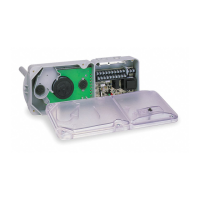
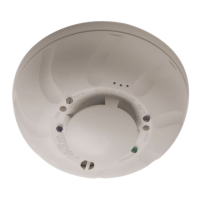
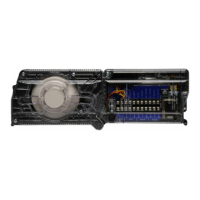
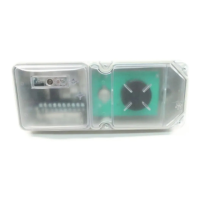
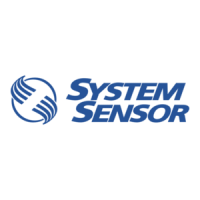
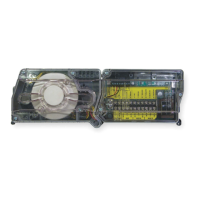
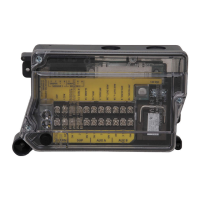
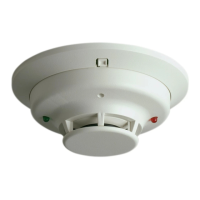
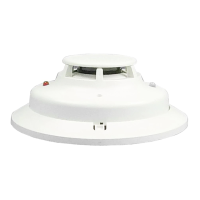
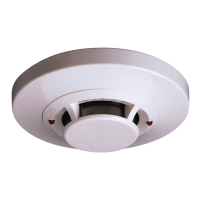
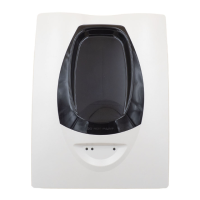
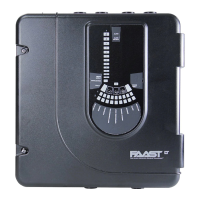
